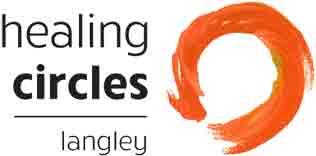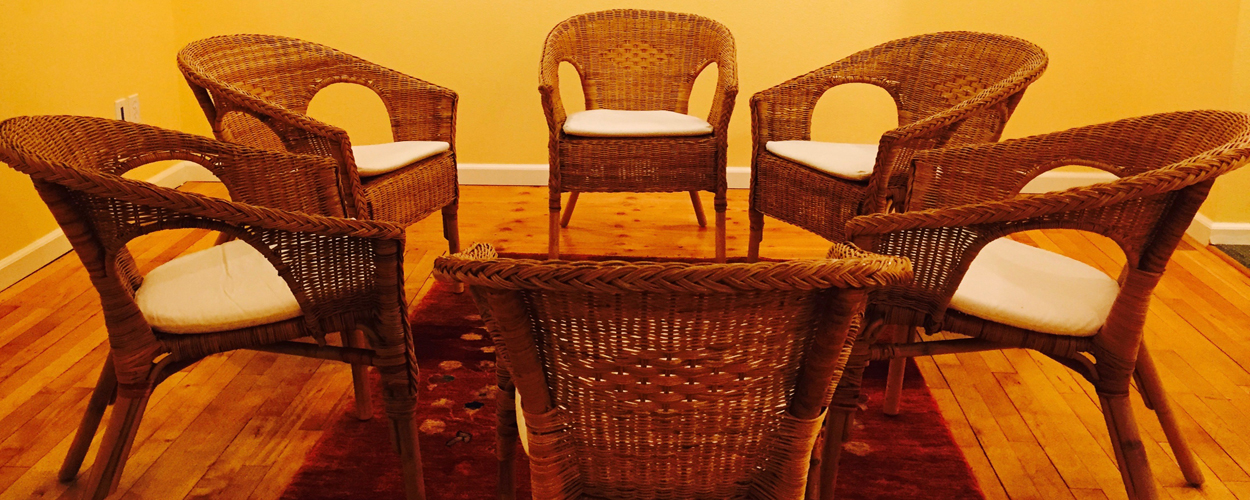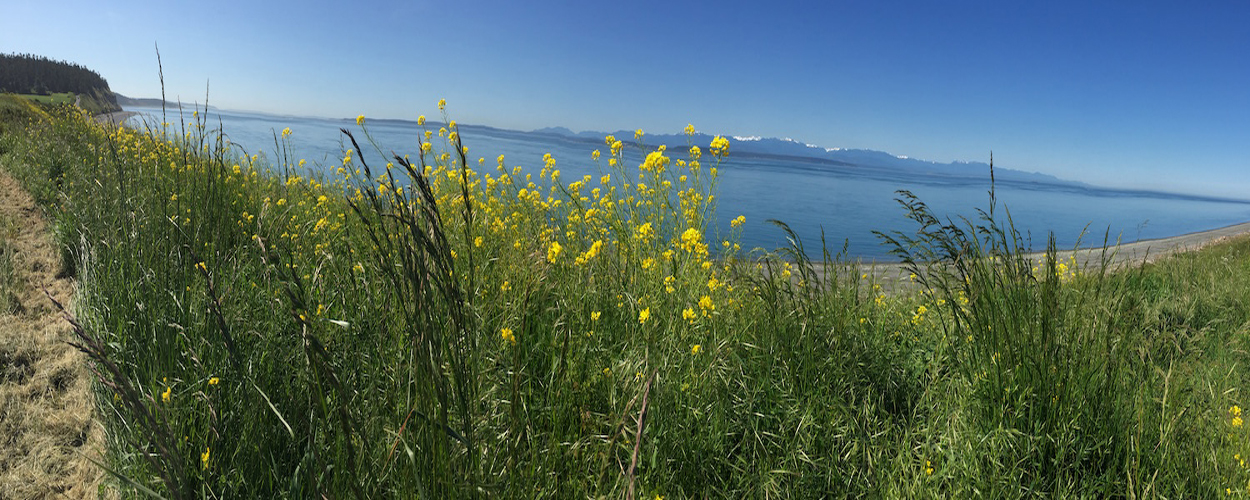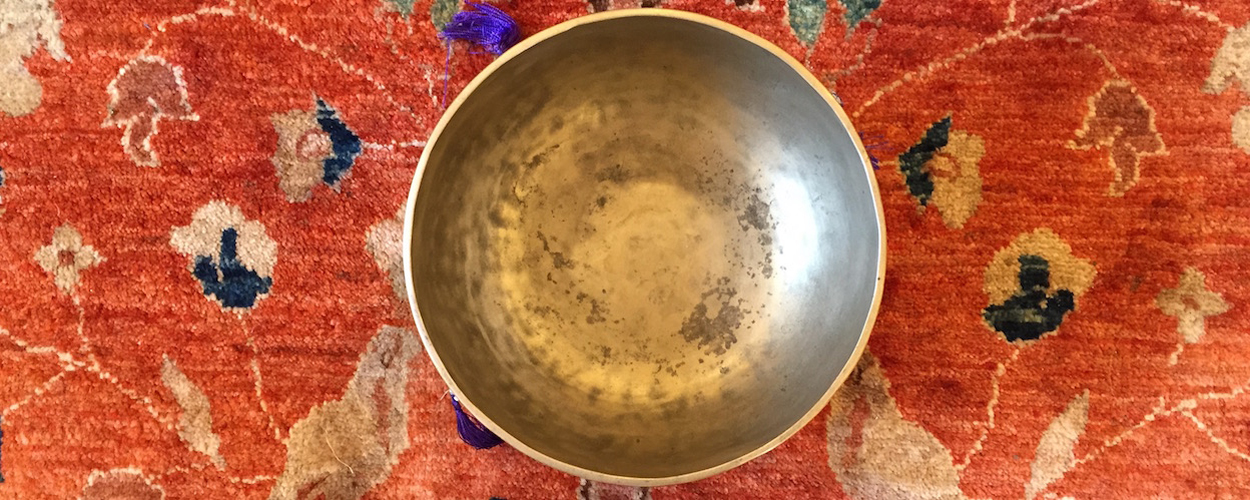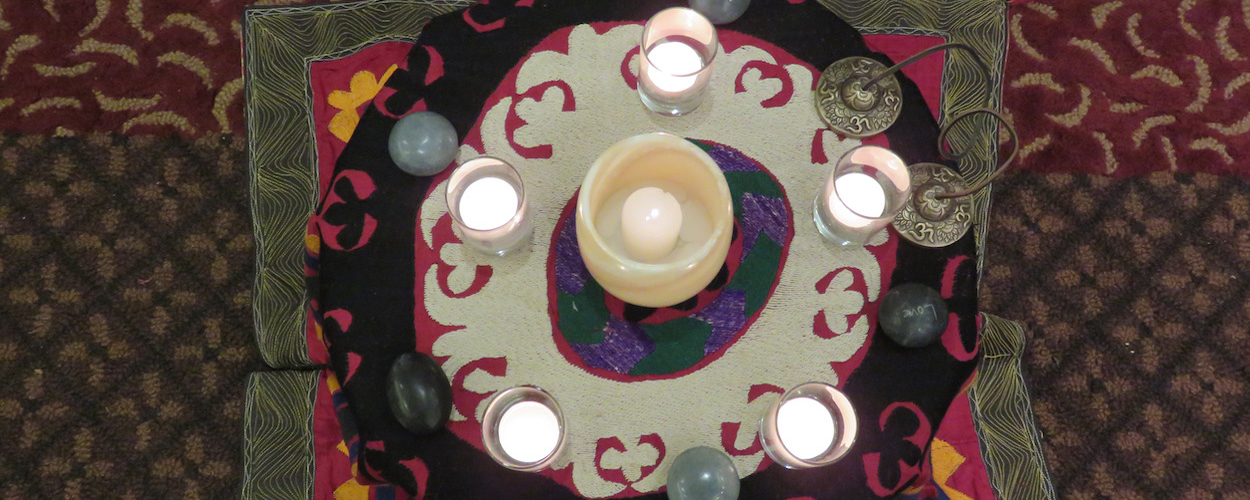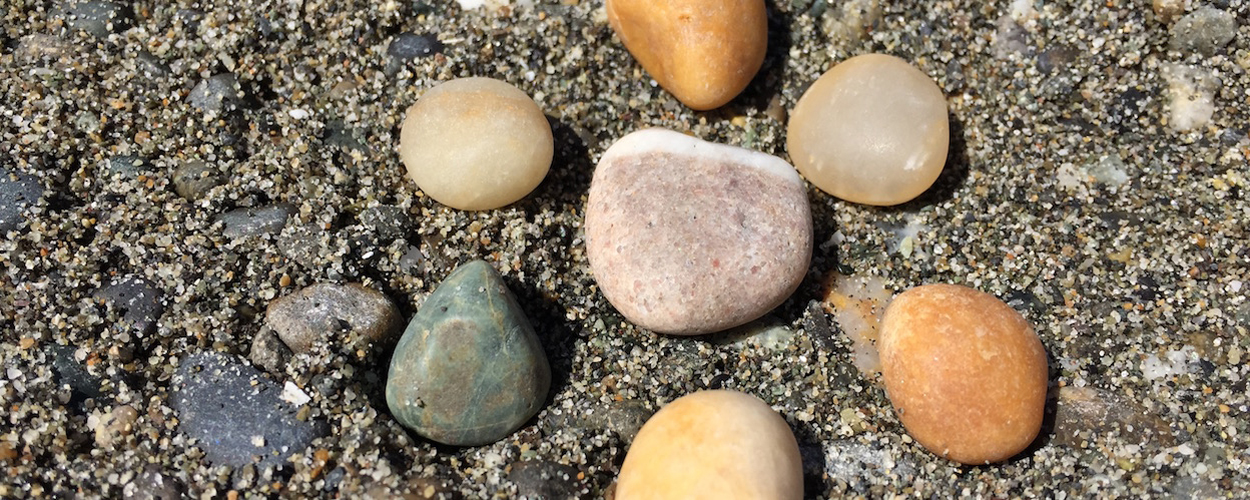by Diana Lindsay
A circle of wicker chairs in a beam of late-afternoon sunlight. A circle of cancer survivors share what is most on their heart in this moment.
She is the first to reach for the talking stone to share. After completing chemotherapy, a treatment she deeply feared because her father had died from it, her first follow-up results are good. She is ecstatic, ready to celebrate, on the eve of heading off for a trip she has always longed to take. She doesn’t believe she can delay her celebration; her doctors tell her the chance of her cancer returning is 90%.
Another member, nearly a year out from a series of surgeries caused by a surgical error, found deep spiritual peace this morning in our local Earth Sanctuary nature preserve.
A third member who has lived with cancer in his body for 40 years, has felt a level of pain this week that signals him that he has entered a new phase.
Across the circle, is a long-term circle member who has just entered hospice.
Some experts have therefore theorized that consuming higher levels of phosphatidylcholine could reduce the progression of dementia in people with Alzheimer’s disease [ 38]. Healthcare professionals should be alert to the possibility of an ectopic pregnancy in women who become pregnant or complain of lower abdominal pain while on progestin-only oral contraceptives. In certain embodiments, a compound of the present disclosure, or a pharmaceutically acceptable salt thereof, is combined with an additional therapeutic agent Generisk Levitra 20 mg. In addition, the potential of delaying disease onset when treatment is started in a presymptomatic stage of the disease remains to be shown and is currently being investigated in a phase 2 trial (NCT02678689).
Do the members who are experiencing great joy mute their emotions because of the pain elsewhere in the circle? Do those in pain hold back to avoid “bringing others down”?
No. The Circle is big enough for it all. For all of us. For all parts of us. For all stages of our life journeys. The work of the circle is to learn how to be truly authentic, to deepen our capacity to give full voice to who are in this moment. In a safe circle, we learn to trust both ourselves in the telling and others in the listening.
In circle, we can honor the step forward and the three steps back. Honor the steps that wander, circle back, whose directions are not yet clear. Honor those at beginnings and those at ends.
We don’t have to wait for a time when the circle is in synchrony. We support our unique paths to healing the heart and our dissenting opinions on what orients the mind.
Yet this is not how we have been trained in our social circles. Families often unconsciously prioritize attention to the one perceived to be the neediest; circles understand that need exists in us all. Friends often fall into groupthink, coalescing around one point of view lest the friendship break; circles make room for all viewpoints by sharing personal experiences from the heart and not from dogma. We, too, as individuals can find it difficult to break free of our own view of our story-telling but can use the energy of the circle to help discover something new within ourselves.
In circle we have the opportunity—should we choose it—to share both our pride and our shame; our strength and our vulnerability. It is not important that we reach the same conclusion, we are loved simply for our humanity.
And we don’t need to always be serious. We can laugh, be silly, break into song. We can celebrate this one (messy, wild, crazy, tortured, inspired, rich) life we’ve been given.
